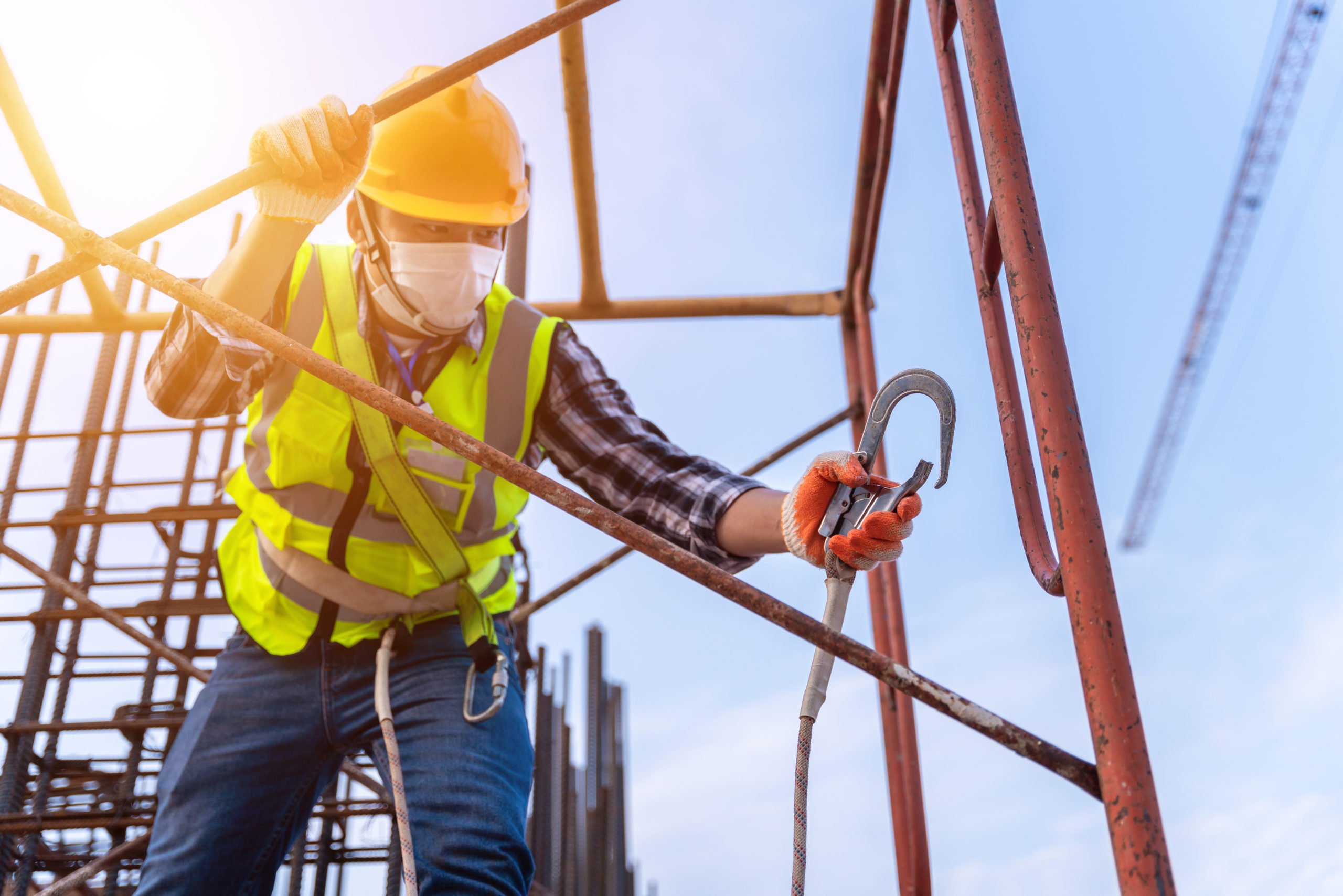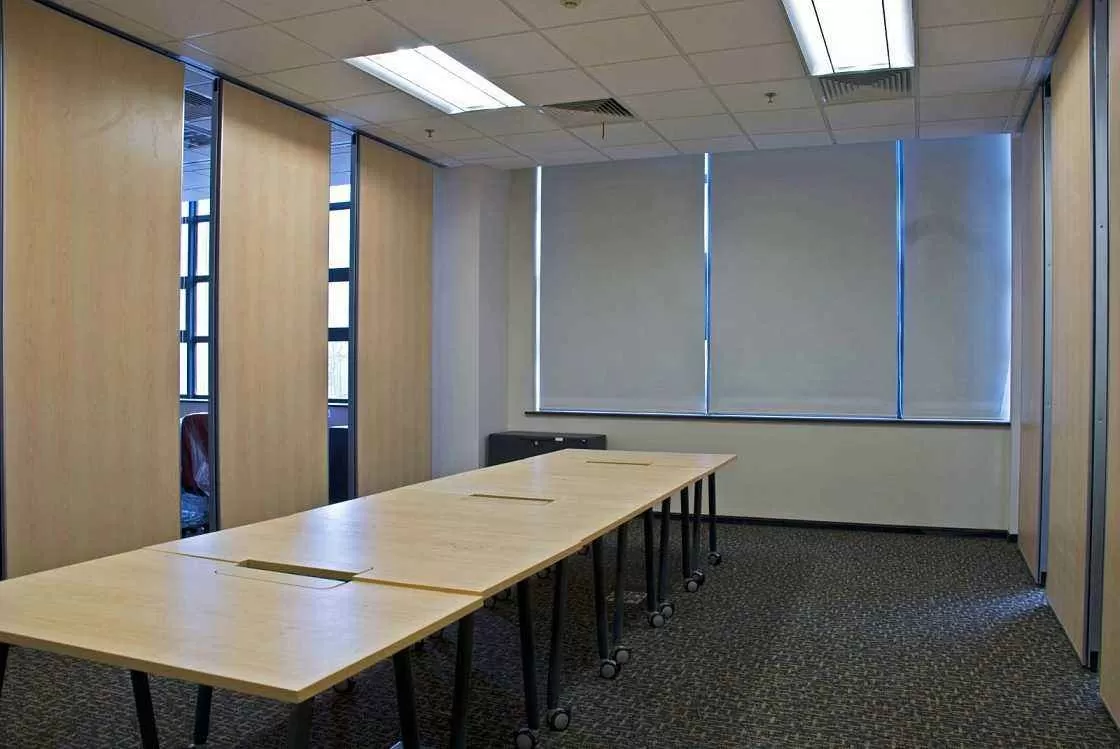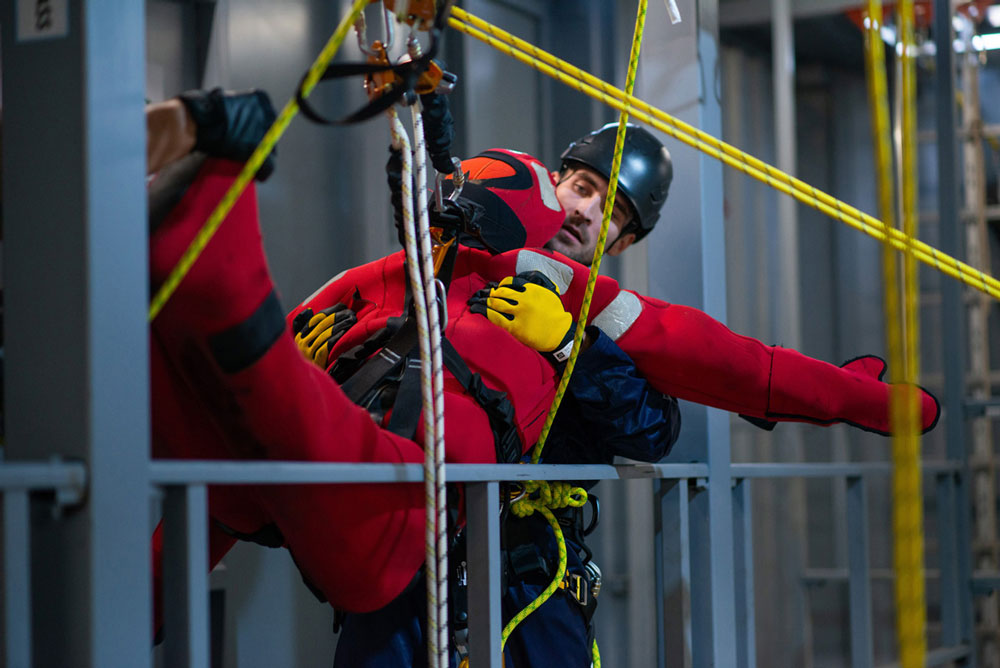When it comes to on-the-job training in various industries, nothing is more important than safety. Every workplace, whether in construction, manufacturing, or healthcare, is filled with potential hazards that can pose risks to workers. This is where proper safety training comes into play. One critical aspect of this training is ensuring that employees are fully aware of safety measures and know how to follow them. Safety signs and supplies play a pivotal role in this, offering visual cues and essential equipment that can prevent accidents and save lives.
The Role of Safety Signs in Training
Safety signs are the first line of defence in any workplace, guiding workers on how to act and what to avoid. Whether it’s a warning about machinery or an instruction on how to properly handle hazardous materials, safety signs are key to creating a safe working environment. During on-the-job training, these signs are introduced to employees, helping them to become familiar with the risks and necessary precautions.
These signs come in various forms:
- Warning signs alert workers to the presence of a hazard, such as high voltage areas, wet floors, or potential fire risks.
- Mandatory signs provide instructions that employees must follow, such as wearing protective gear or using specific equipment.
- Prohibition signs show what actions are forbidden, like no smoking or no entry to certain areas.
- Emergency information signs guide workers on what to do in case of emergencies, such as fire exits or first aid locations.
Incorporating safety signs into the training process ensures that workers understand the importance of these visual cues and can quickly interpret them in real-time situations.
Importance of Safety Supplies for On-the-Job Training
Alongside safety signs, having the right safety supplies is essential. These supplies ensure that employees have the tools necessary to protect themselves from potential hazards. Training on the correct use of safety equipment is as important as any sign or warning, as it prepares workers to take the necessary steps to safeguard their health and wellbeing.
Key safety supplies to consider in any industry include:
- Personal Protective Equipment (PPE): This includes items such as helmets, gloves, safety glasses, and high-visibility clothing. PPE must be correctly fitted and used to protect against workplace hazards.
- Fire Extinguishers: Workers should be trained to use fire extinguishers appropriately, understanding the different types for various fire classifications.
- First Aid Kits: In every workplace, having an accessible first aid kit is vital. On-the-job training should include instructions on how to use the supplies within these kits.
- Ear Protection: In noisy environments, hearing protection is crucial. Training should include educating workers on the proper use of earplugs or earmuffs.
- Fall Protection Gear: For jobs that involve working at height, fall protection systems such as harnesses and guardrails are non-negotiable.
Including safety supplies in training sessions allows employees to familiarise themselves with the gear they’ll be using daily, helping them react quickly and effectively in dangerous situations.
Training on Safety Equipment Maintenance
Not only is it essential for workers to know how to use safety supplies, but it is equally important for them to understand how to maintain these supplies. Proper maintenance can extend the life of safety equipment and ensure its effectiveness. Training should cover regular checks and servicing of equipment, such as inspecting harnesses for wear or testing fire extinguishers for pressure levels.
Without proper maintenance, safety gear can fail when it’s needed the most. Therefore, making equipment upkeep part of on-the-job training is critical in preventing accidents and ensuring that all safety measures remain in optimal condition.
Encouraging a Culture of Safety
Creating a culture of safety within an organisation goes beyond just having the right signs and supplies. It involves making safety an ongoing priority at all levels of the company. Regular training sessions should not be a one-time event; instead, they should be integrated into the daily routine of workers, with safety practices regularly revisited and reinforced.
Employers can also encourage workers to report potential hazards and near-misses to improve safety protocols. This two-way communication builds trust between management and employees and ensures that safety is continuously evaluated and improved.
Conclusion
The combination of clear safety signs and the right supplies forms the backbone of a comprehensive safety strategy in industries. On-the-job training that incorporates both these elements not only educates employees but also empowers them to take control of their own safety. By prioritising safety signs, supplies, and equipment maintenance, employers can create safer work environments, reduce risks, and enhance productivity.





